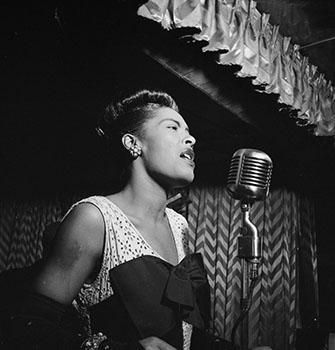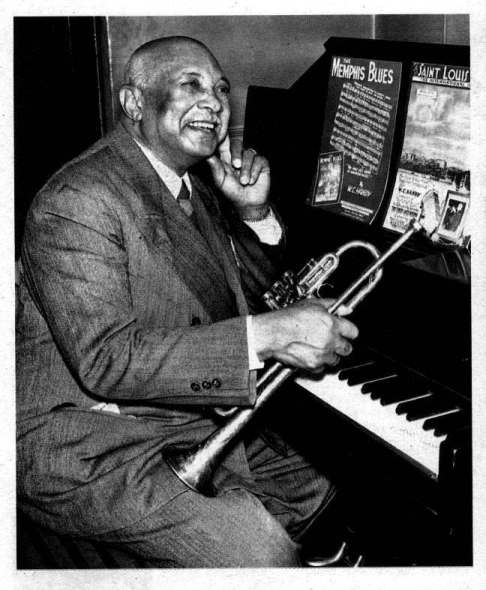Learn
Art, literature, and music flourished during the 1920s. No longer constrained by the Jim Crowlaws that established segregation in the South laws of the South, African Americans in the North freely collaborated and patronized artistic endeavors. The new emphasis on black culture and pride led the Harlem Renaissancecultural movement of the 1920s that witnessed the blossoming of African American art, literature, and music that provided some of the greatest American works of art.
Unrest in the SouthBefore 1890, 90% of African Americans lived in the South. By 1900, that number had begun to change. The rights and freedoms that had been achieved during Reconstruction were gradually erased. "Separate but equal" accommodations had become the norm across the South. Opportunities for African Americans living the South became increasingly limited. Hate groups, such as the KKK, increased their presence. The Great MigrationFacing a life of segregation and an ever-present threat of violence, many African Americans chose to move to the North. Starting around 1890, millions of African Americans relocated to the urban North in a wave of migration known as The Great Migration. Open The Great Migration, read the article, and watch the videos to learn about the factors that encourages the mass movement northward Harlem RenaissanceThe Great Migration brought thousands of African Americans to large northern cities such as New York, Chicago, and Philadelphia. Migrants typically settled in clusters within these cities. United by their common experiences and heritage, African Americans living in these areas began to develop a unique culture to counteract the racist stereotypes that were commonly portrayed. A cultural awakening resulted and was centered in the Harlem district of New York City. This Harlem Renaissance led to a flourishing of black art, literature, and music between the years of 1924 and 1929. Read the following to learn more about the cultural movement and some of the great works that emerged during the period. JazzOne of the most noteworthy aspects of the Harlem Renaissance was the explosion of Jazz music. Black and white Americans flocked to night clubs to hear famed musicians such as:
 Read A Culture of Change to learn more about the sounds and influence of jazz. W.C. Handy
Famed blues musician, W.C. Handy, was born in Florence, Alabama in 1873. During the early stage of his music career, Handy traveled extensively throughout the Southeast where he learned traditional African-American folk music. Handy incorporated this style and rhythm into his music; a form that later became known as the blues. As a skilled composer and performer, Handy produced several hits including "Beale Street Blues," "Memphis Blues," and "St. Louis Blues." Handy was ultimately dubbed the "Father of the Blues" for his contributions to blues music. Listen to W.C. Handy's "St. Louis Blues" from Internet Archive: Open song in a new window |